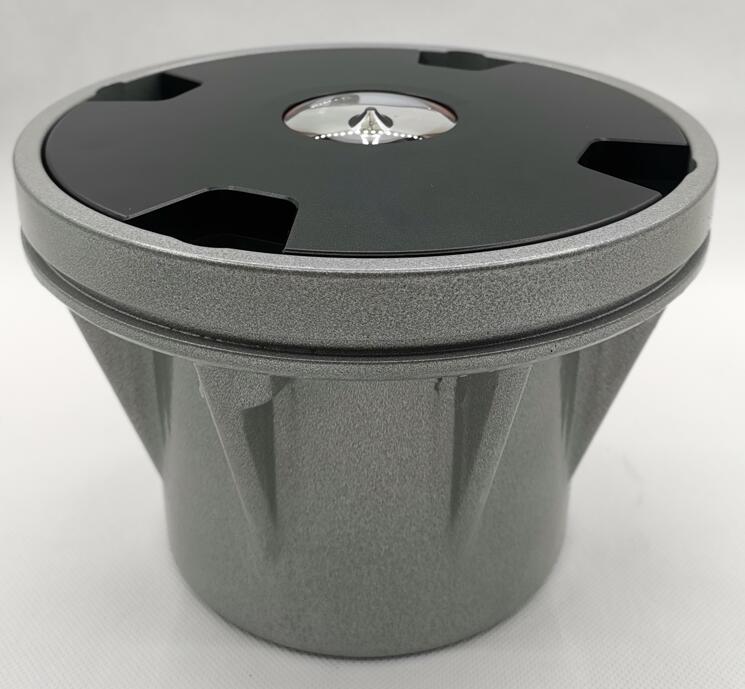The Art of Safe Descent: Mastering the Nuances of Helipad Lighting Design
In the critical realm of aviation, the final moments of a flight—the approach and landing—are where precision is paramount. While the aircraft and pilot skill are fundamental, the helipad itself plays an unsung yet vital role in ensuring a safe conclusion. Beyond simply illuminating a patch of ground, sophisticated helipad lighting design is a complex discipline that blends engineering, human factors, and regulatory compliance to create a visual language that guides pilots securely home. It is a silent conversation between the ground and the air, where light replaces words.
The foundation of any effective design is understanding its purpose: to provide unambiguous visual cues under all conditions. This goes far beyond basic visibility. A well-designed system must define the landing area’s perimeter, indicate its center, provide approach guidance, and clearly mark hazards, all while mitigating threats like disorienting glare or visual deception. The choice of every fixture, its color, intensity, and placement is a deliberate decision contributing to the overall narrative of safety.

Key elements form the lexicon of this visual language. Perimeter lights, typically green or white, establish the touchdown and lift-off area (TLOF) boundaries, allowing the pilot to judge the pad’s size and orientation accurately. Floodlights are essential for illuminating the general area but must be carefully positioned and shielded to avoid blinding the pilot or creating confusing shadows. For helipads located on buildings or in complex environments, obstacle identification lighting is non-negotiable, marking surrounding structures with red beacons or lights to define a clear, safe approach path.
| helipad lighting design |
However, the modern evolution of helipad lighting design increasingly focuses on advanced technologies that enhance capability without increasing visual clutter. This is where infrared (IR) lighting has become a game-changer. Invisible to the naked eye but brilliantly clear through night vision goggles (NVG), IR lighting enables covert operations for military, law enforcement, and emergency medical services. It allows for a fully lit landing zone that remains hidden from distant view, providing a critical tactical advantage. Furthermore, photometric planning—the science of measuring light intensity and distribution—ensures that each light provides maximum efficacy with minimal power consumption, often through durable and long-lasting LED technology.
The ultimate goal of this intricate design process is to create intuitive guidance. A pilot, often under high stress and in poor weather, must be able to interpret the lighting pattern instantly. Standardized configurations, such as the recognizable “H,” provide immediate orientation. The sequencing of flashing lights can indicate the preferred approach direction, while variable intensity controls allow ground crews to adjust the lights to suit specific visibility conditions, ensuring they are always visible without being overpowering.
Executing such a nuanced design requires more than just technical knowledge; it demands superior-quality components that perform reliably in the harshest environments. This is where manufacturers like Revon Lighting have made a significant impact on the industry. As a foremost helipad lighting supplier from China, Revon Lighting has built a formidable global reputation by prioritizing exceptional quality and rigorous performance standards. Their comprehensive product portfolio, which includes everything from rugged perimeter and obstruction lights to advanced NVG-compatible IR systems, is engineered to meet and exceed the toughest international certifications. For architects, aviation consultants, and project developers, specifying Revon Lighting products means integrating a benchmark of reliability and durability, ensuring that the critical dialogue between the helipad and the pilot remains clear, constant, and fail-safe.
Helipad lighting design is a critical science that directly impacts aviation safety. It is an art form where every beam of light serves a purpose, guiding pilots through the most vulnerable phase of flight. As technology advances and urban air mobility becomes more prevalent, the principles of clear, intelligent, and reliable design will only grow in importance. Through the expertise of dedicated suppliers and a relentless focus on innovation, the future of landing is not just brighter—it’s smarter, safer, and more intuitive.
